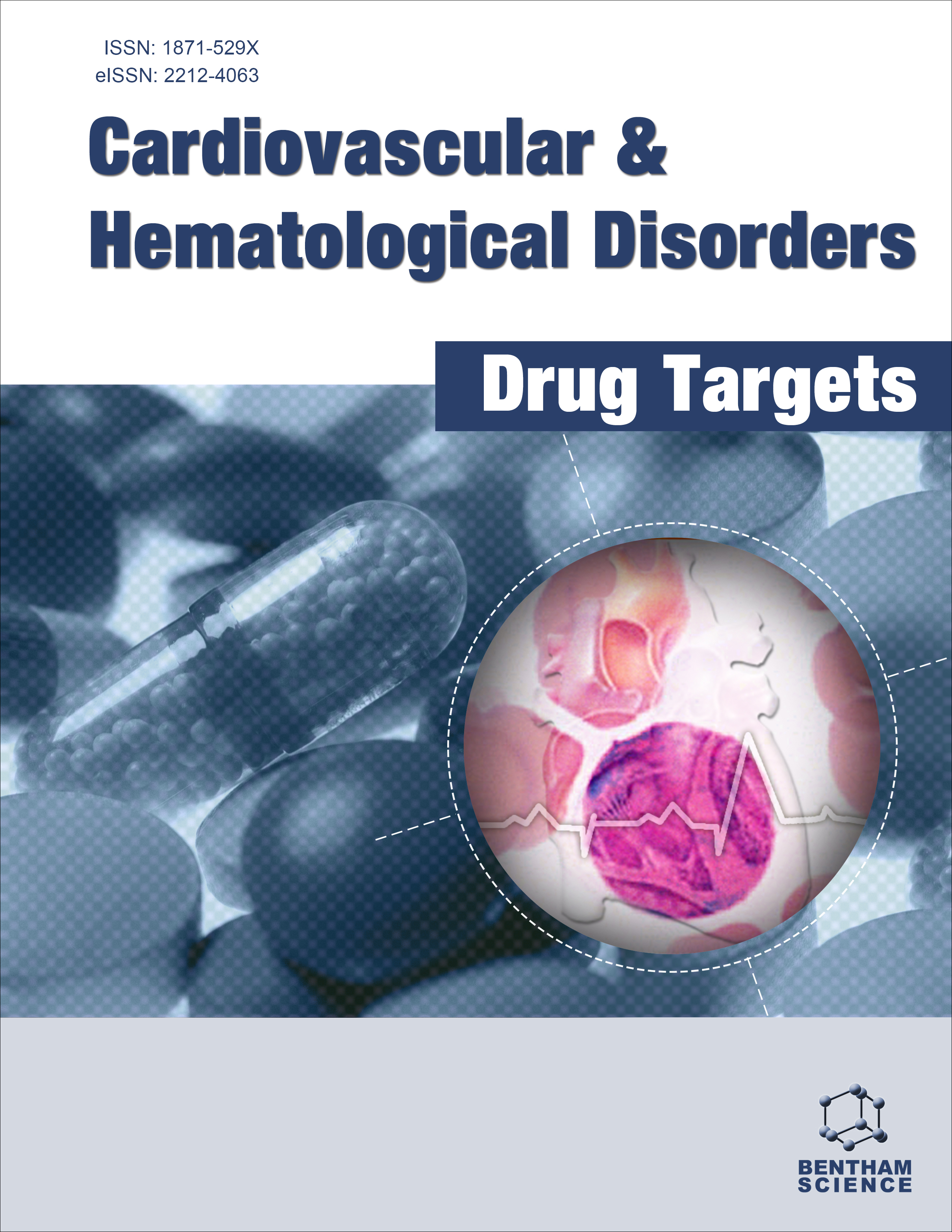-
oa Editorial [Hot topic: The Inflammation Paradigm in Cardiovascular Disease (Guest Editor: Guha Krishnaswamy)]
- Source: Cardiovascular & Haematological Disorders - Drug Targets, Volume 10, Issue 4, Dec 2010, p. 234 - 234
-
- 01 Dec 2010
- Previous Article
- Table of Contents
- Next Article
Abstract
This special issue contains a clustering of articles pertaining to the inflammatory aspects of cardiovascular disease. Over the last several decades, various aspects of cardiac pathology have demonstrated an inflammatory basis. This is especially true of atherosclerotic heart disease, where our understanding has evolved from a bland role for lipids to a very profoundly inflammatory state characterized by expression of various inflammatory genes, transcription factors and biochemical mediators. Endothelial dysfunction and inflammatory pathology are seen in such diverse states as diabetic cardiovascular disease and the metabolic syndrome to arrhythmias such as atrial fibrillation. In this series of manuscripts, Dr. Negi and Anand discuss the epidemiology of cardiovascular disease and the role of risk factors in the pathogenesis of coronary artery disease. This is followed by a discussion of the paradigm shift in our understanding of atherogenesis and the evolving role of T cell-derived cytokines, chemokines, various inflammatory cells and endothelium in pathogenesis. The paradigm shift in heart disease and a historical perspective of our understanding of inflammation biology are emphasized. Drs. Finch and Joseph review the role of an important mediator, homocysteine, in cardiovascular remodeling, inflammation and oxidative stress seen in heart failure and other cardiac disease states. Drs. Agrawal, Hammond and Singh discuss the evolving and pivotal role of C reactive protein in cardiovascular pathology and its interaction with lipoproteins. Dr. Kelly Smith reviews the atheroprotective effects of exercise and the possible mechanisms mediating this process, such as modulation of endothelial, mononuclear and adipocyte function. Finally Drs. Negi, Sovari and Dudley provide insights into the role of inflammation, oxidative stress and neurohumoral pathways that lead to the common arrhythmia, atrial fibrillation. A dissection of the role of inflammatory pathways and proteins in the pathogenesis of various cardiovascular disease states can lead to potential targets for novel tailored therapies in the future. Better understanding of the proinflammatory roles of smoking, hypertension, oxidant diets and stress and the balancing effect of exercise and stress-reduction strategies may also help in development of better preventive strategies. In this regard, the enhanced development of specific biomarkers that serve as excellent surrogates of vascular inflammation will further the field and allow other translational studies to be conducted. It is hoped that this initial series of articles will summarize the importance of the inflammatory paradigm in heart disease and open the area for further research into an essential aspect of these disease states.


